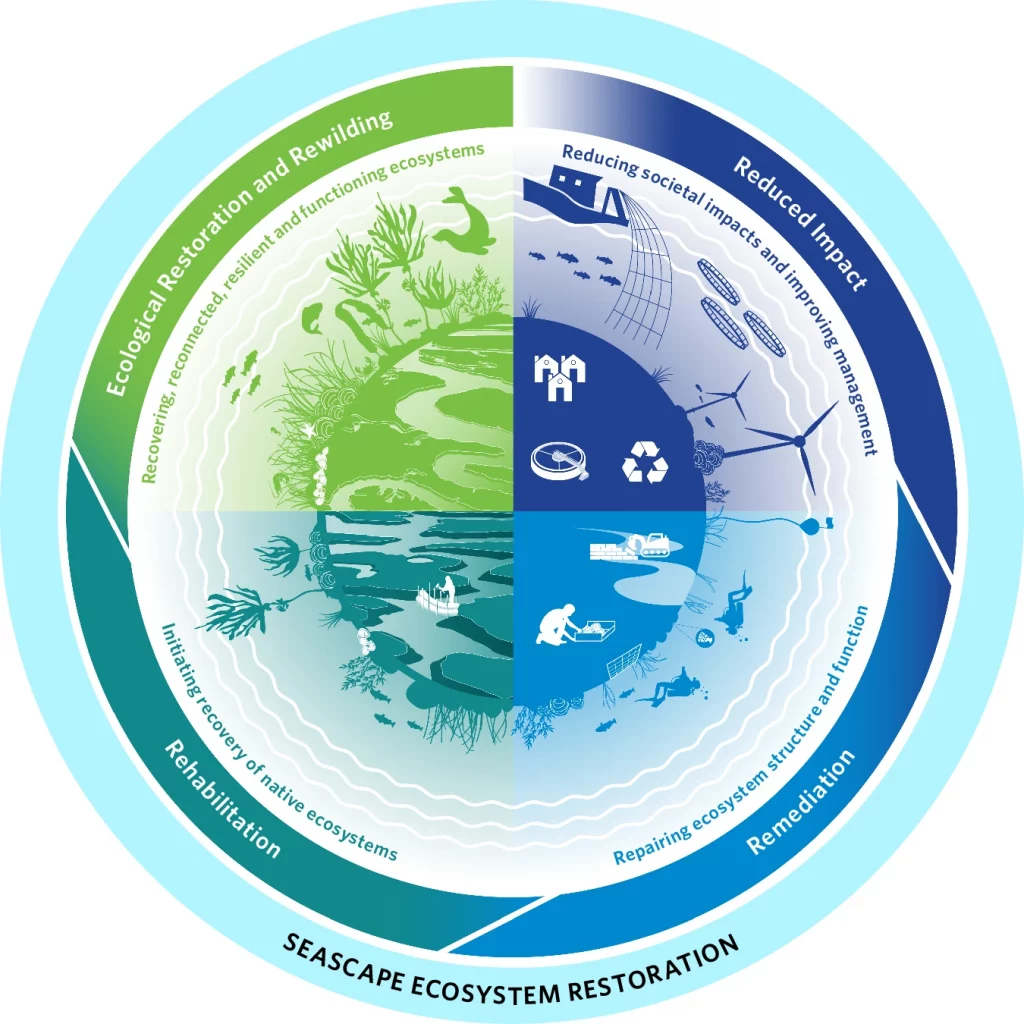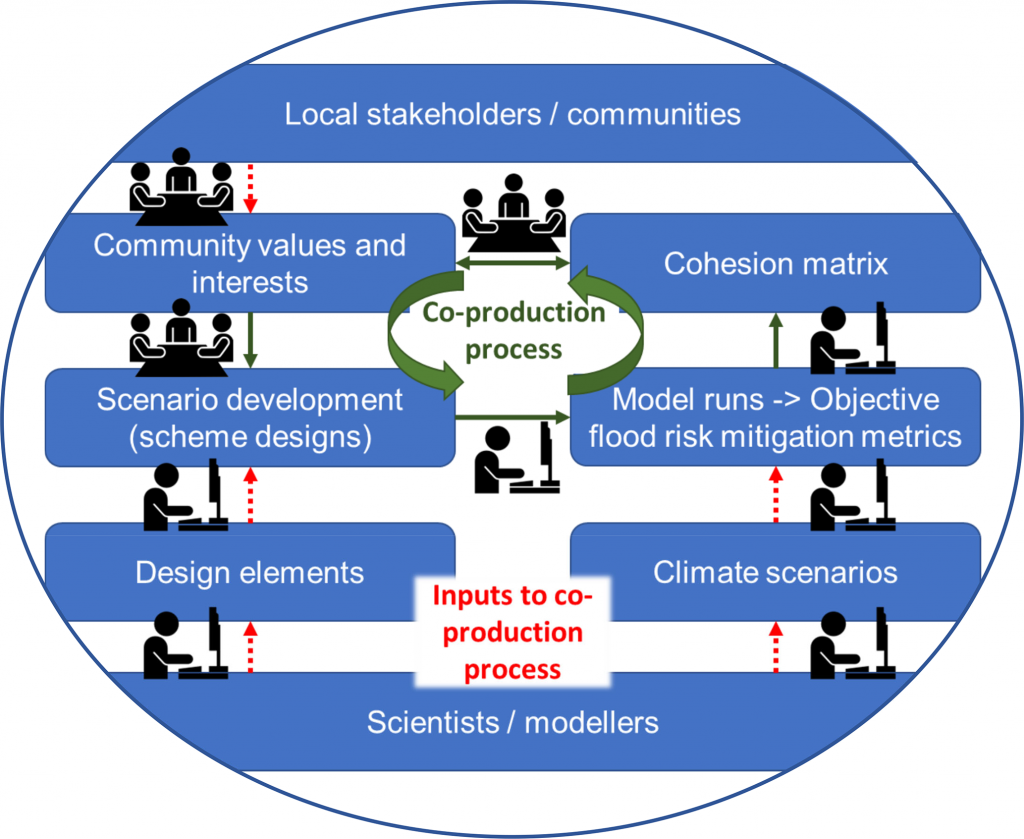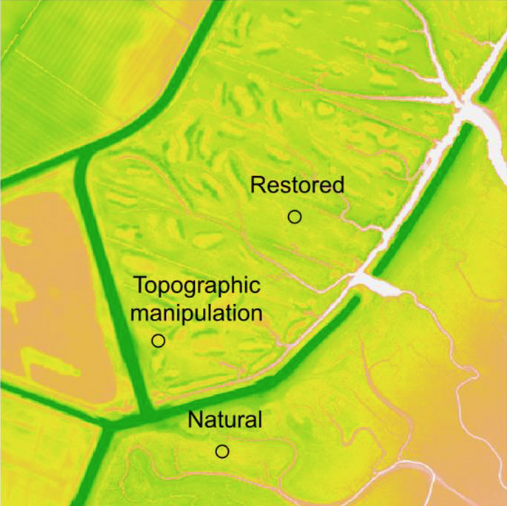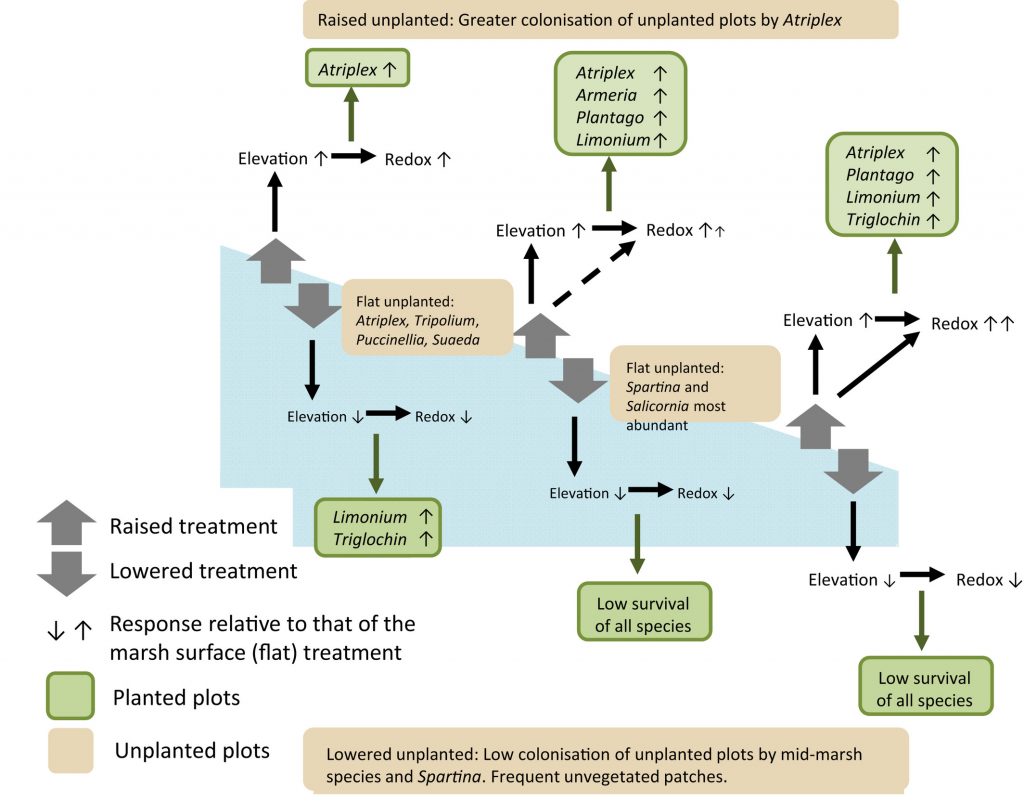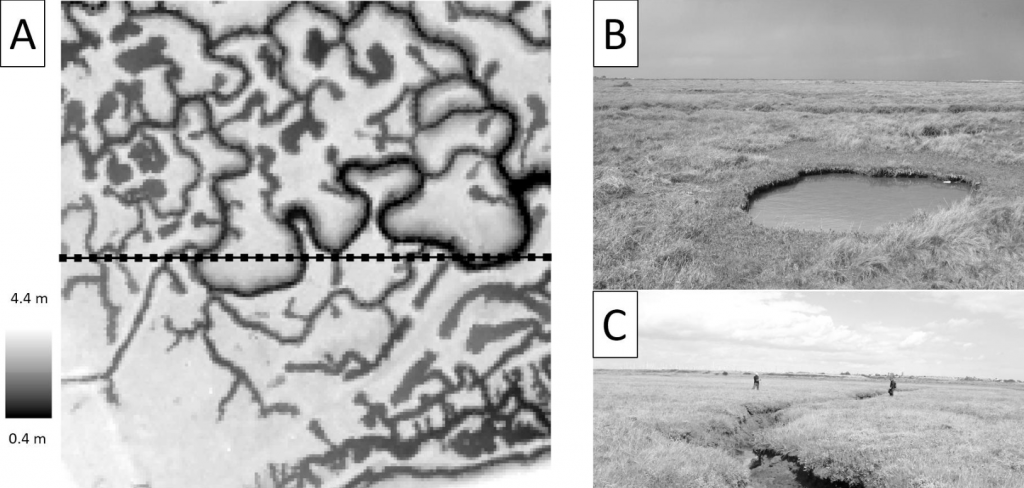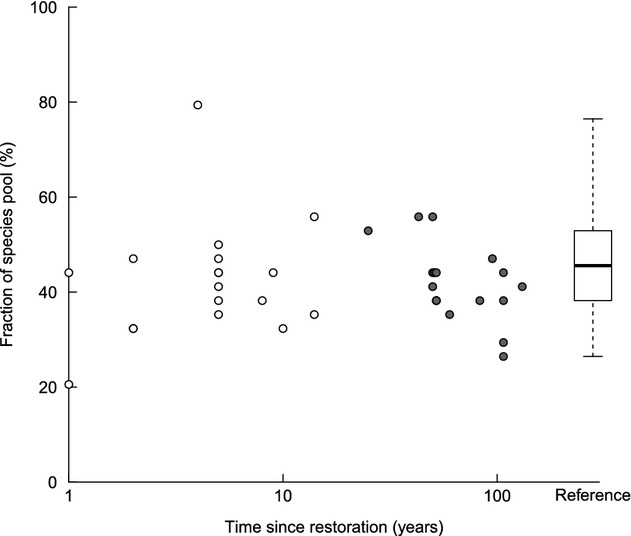Saule Akhmetkaliyeva, Robert Sparkes, Eliza Fairchild, Ragna Hoogenboom, Grace Cott
Sustainable Microbiology, 2025
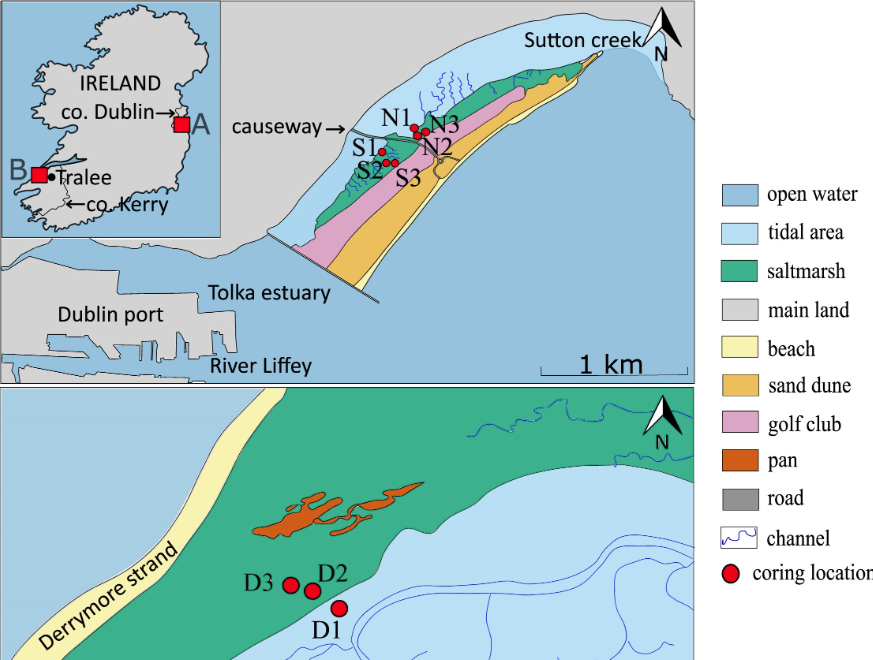
Coastal blue carbon ecosystems (BCEs) are among the most effective carbon (C) sinks, yet Irish saltmarshes, covering 4000–6500 hectares, remain understudied in terms of C sources. Understanding saltmarshes’ connectivity to marine and terrestrial sources, and the provenance of allochthonous (ex-situ-produced) carbon, is essential for assessing their long-term C sequestration potential and management. This study analysed organic carbon (OC) and bacteriohopanepolyol biomarkers (BHPs), microbial lipids that trace sedimentary OC sources, in sediment cores from Derrymore Island (DI) and North Bull Island (NBI). OC concentrations varied down-core, ranging from 0.26–26.68 wt% at DI, 0.44–12.19 wt% in NBI’s North Lagoon, and 0.07–26.45 wt% in its South Lagoon. The Rsoil index values (0.02–0.24 at DI, 0.01–0.06 at NBI) indicate a predominantly marine OC origin, though soil-specific BHPs were present, with higher soil marker concentrations in deeper, older DI sediments. This suggests saltmarshes may gradually transition toward terrestrial characteristics over time. This study enhances our understanding of OC sequestration in two Irish saltmarshes, highlighting their dynamic nature. The allochthonous nature of sequestered sedimentary OC further underscores the importance of sustained tidal influence and connectivity with the wider marine environment. Further research into labile OC sources is recommended to enhance carbon assessments in these ecosystems.
